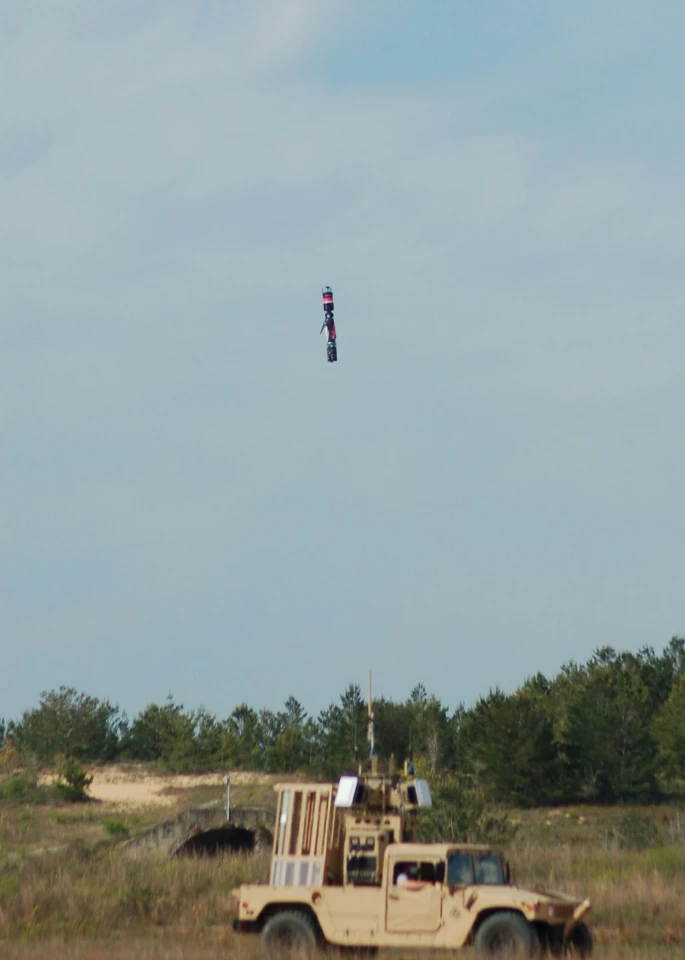DARPA's Mobile Force Protection (MFP) program has developed a system designed to counter unauthorized drone intrusions over military installations or operations. Because they may need to be used over populated areas, the program sought a non-explosive approach and hit upon the idea of using drones that fire stringy streamers.
One emerging military threat is the drone swarm. Autonomous uncrewed aircraft that can operate together and maneuver as a single unit like schools of fish or flocks of birds present growing challenges to military planners. This is particularly the case in urban areas where countermeasures need to avoid using explosives wherever possible to avoid civilian casualties.
Begun in 2017, the MFP program is looking at countermeasures that focus on low-cost, reusable drones that can intercept enemy drones to protect high-value convoys in populated areas. DARPA has developed a technology demonstrator that uses the new X-band radar to automatically detect and identify potential targets, and then, through an automated decision engine, dispatch fixed- and rotary-wing interceptors from moving vehicles. These interceptors are then guided in without a human operator.
The Counter-Unmanned Air System (C-UAS) uses a number of methods that don't rely on explosives or high-velocity projectiles to take out drones. To do so against multiple targets, the prime method harks back to the Second World War, when Britain's Miscellaneous Weapons Department experimented with using wires trailed by balloons or rockets as a way to counter enemy aircraft. Instead of wires, the MFP system uses stringy streamers in a similar way to bring down hostile drones by tangling in their propellers and control surfaces.

Once the technology is matured, DARPA will help move the system into a practical form for the various military services.
"Because we were focusing on protecting mobile assets, the program emphasized solutions with a small footprint in terms of size, weight, and power," says MFP program manager Gregory Avicola in DARPA’s Tactical Technology Office. "This also allows for more affordable systems and less operators."
The system is demonstrated in the video below.
Source: DARPA






